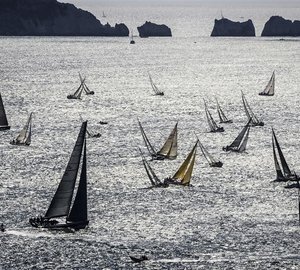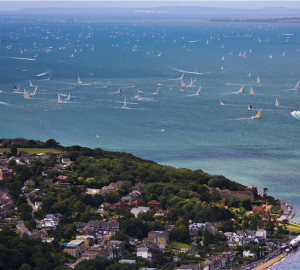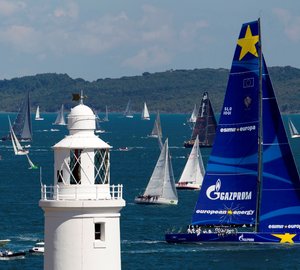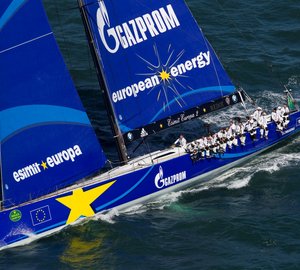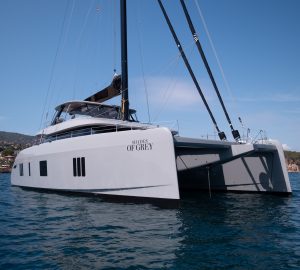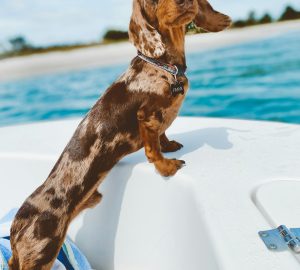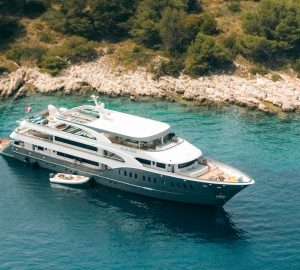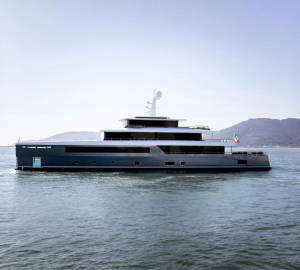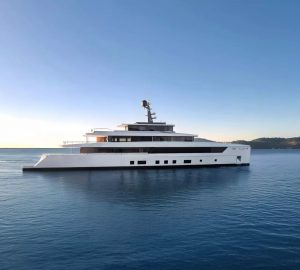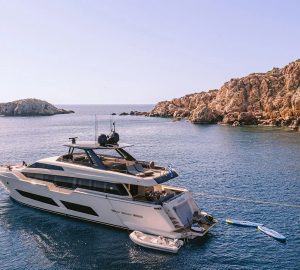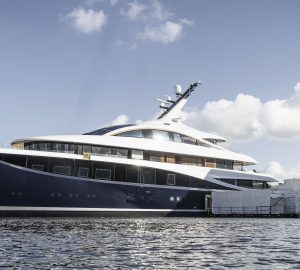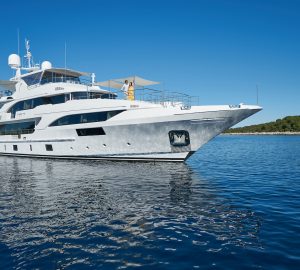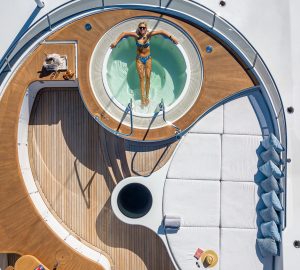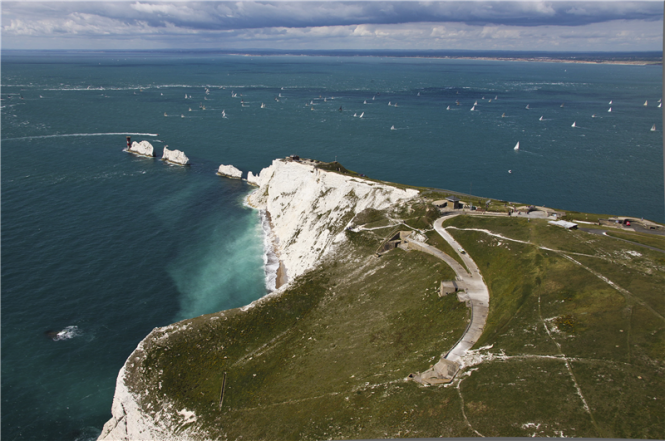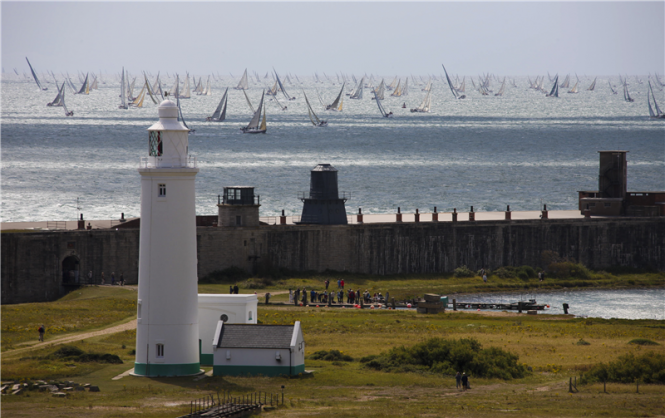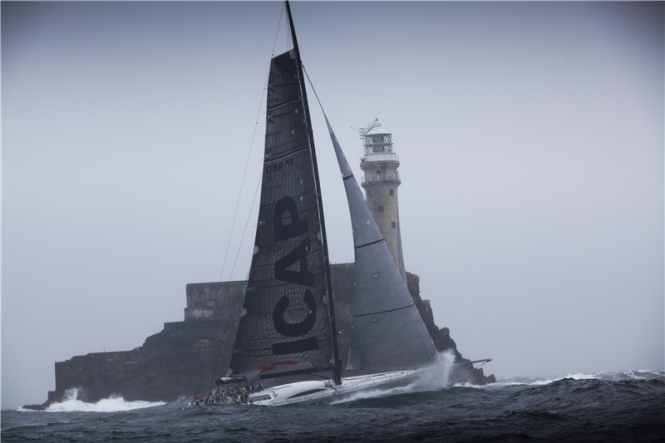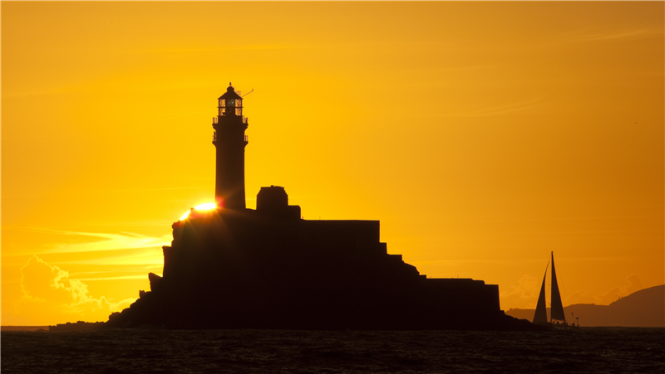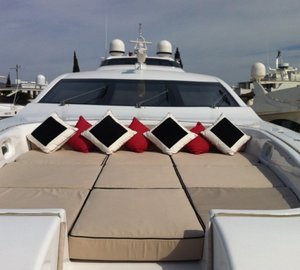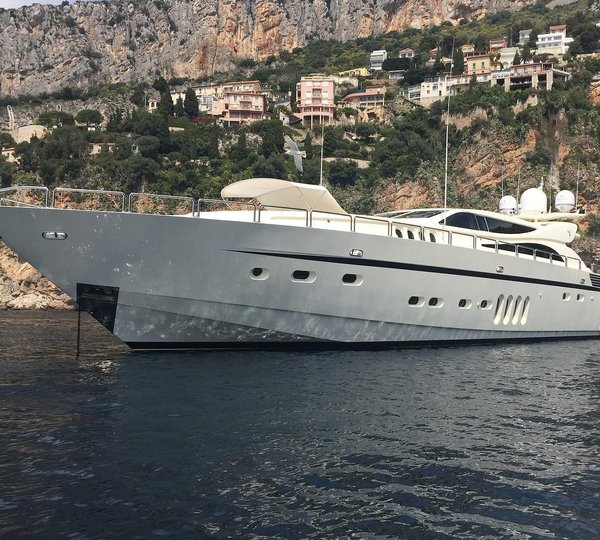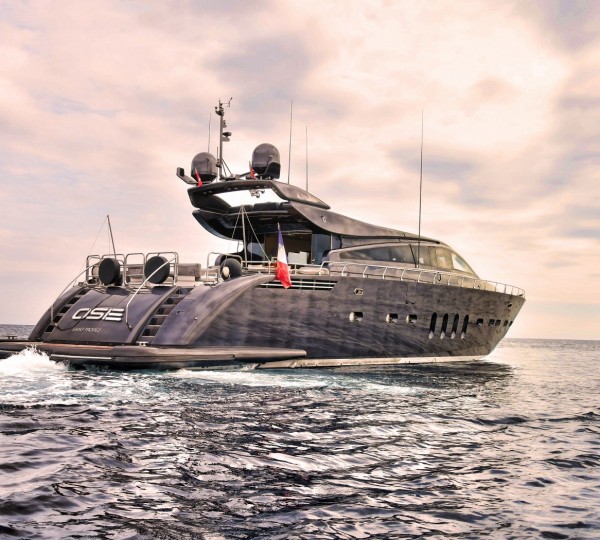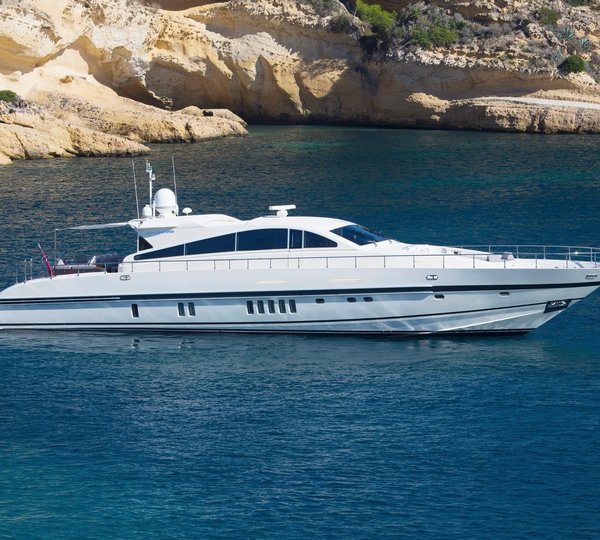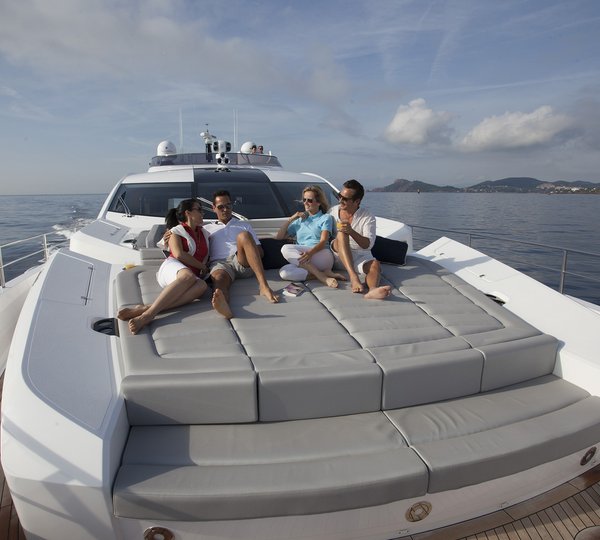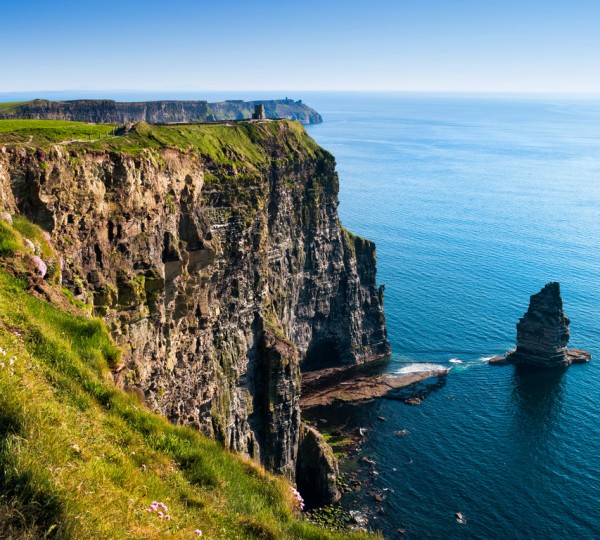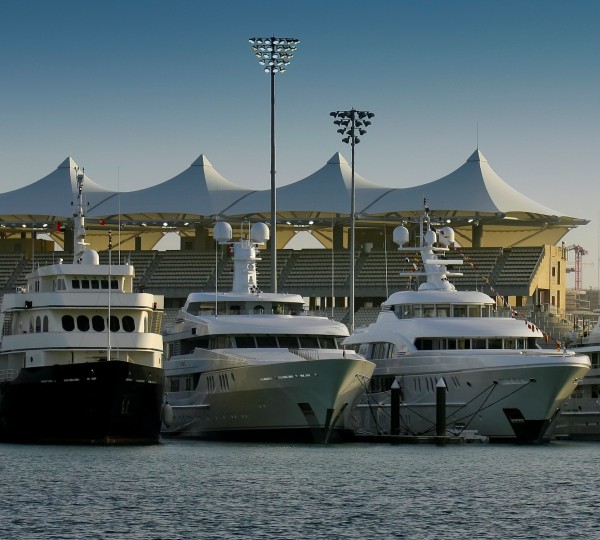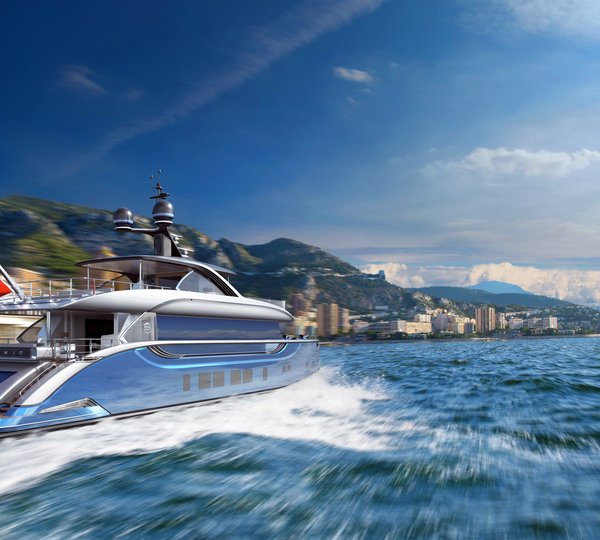The upcoming 45th edition of the Rolex Fastnet Race will host a diverse and quality fleet of international yachts. 347 race starters, coming from 20 nations, are expected. This represents a race record and demonstrates the event’s enduring appeal.
The Royal Yacht Squadron in Cowes will host the race start on Sunday 11 August. Eight staggered start sequences will take place with the first warning signal at 11:50 local time. A tactically challenging race in excess of 600-nautical miles to Plymouth via the Fastnet Rock on the southern tip of Ireland awaits.
During the previous edition of the race in 2011 both the multihull and monohull race records fell. Rivalries at the front end of the fleet appear even more engaging in 2013.
Volvo 70 Abu Dhabi Ocean Racing representing the United Arab Emirates, is the current monohull race record holder (42 hours, 39 minutes) although skipper Ian Walker concedes that the challenge in 2013 is sterner, both in terms of the opposition and due to the forecast conditions. “It’s going to be quite tactical,” admitted Walker, “upwind to the (Fastnet) Rock which is not ideal for us and then potentially lighter after the Rock.”
Two 100-ft Maxis are expected to lead the challenge for Abu Dhabi Ocean Racing’s line honours crown. Mike Slade’s charter yacht ICAP Leopard (GBR) was the fastest boat at both the 2007 and 2009 Rolex Fastnet Races while Igor Simčič’s superyacht Esimit Europa 2 (SLO) has cemented its reputation dominating offshore racing in the Mediterranean. The latter will count on the tactical guidance of experienced skipper Jochen Schümann and in the forecast light airs is the pre-race favourite. “We are here with the sole purpose of winning line honours,” confirmed Schümann, “although the impressive race record will be very hard to beat.”
In terms of multihull interest the duel between Spindrift 2, skippered by Dona Bertarelli and Yann Guichard – the race’s largest yacht at 131-ft and race record holder under its former guise as Banque Populaire V – and the new Banque Populaire (the ex-Groupama 3), promises to be tight. The multihull record in sight is a staggering 32 hours, 48 minutes.
Line honours is only part of the story. Niklas Zennström’s sailing yacht Rán 2 (GBR) is aiming to become the first boat to win the Fastnet Challenge Cup – awarded for overall victory on rating – three times in a row. This year she has an additional adversary in American Hap Fauth’s fellow 72-ft Mini Maxi yacht Bella Mente, a frequent foe over the past 12 months. “The Rolex Fastnet Race is one of the iconic classics of our sport,” explained Bella Mente skipper Mike Sanderson, ISAF Rolex World Sailor of the Year in 2006. “We’re expecting a very tactical upwind beat to the Fastnet Rock. This is going to keep it very interesting and you’ll need to be truly on top of your tactics. We have to beat Rán 2 on the water but at the same time make sure we don’t sail each other off the course.”
Forecasting an overall winner from the outset is an arduous task. Conditions will dictate the type of race in store. Efficient teamwork and crews’ ability to predict and control the elements are key factors. Proving the race’s democratic nature is the list of recent winners. This includes two Corinthian crews: Frenchman Jean-Yves Chateau’s 33-ft Iromiguy in 2005 and the 50-ft Chieftain from Ireland in 2007.
Iromiguy is one of the former winners to return to the fold. Another is Dutchman Piet Vroon – competing for an impressive 25th time. A winner in 2001 with his former boat, Vroon is campaigning his new Ker 46 Tonnerre de Breskens 3. Just surpassing Vroon in terms of Fastnet appearances is 84-year old Ken Newman who this year embarks on the nautical pilgrimage to the Fastnet Rock for the 28th time. The oldest of all participating entries is the yacht that claimed the very first race. Jolie Brise is celebrating her centenary and won the inaugural Rolex Fastnet Race back in 1925 in just under 147 hours.
Travelling from furthest afield is Australian Geoff Boettcher’s Secret Men’s Business 3.5, Rolex Sydney Hobart winner in 2010. “To come and do the Rolex Fastnet is huge. We’ve done 16,000 miles across the water to be here. We want to do the race to add to our sailing experience,” explained Boettcher. “To succeed in offshore racing you really need a good boat which we have, sails included, a crew that can stand up and push for three days in foul weather, and a bit of luck.”
Times have changed, the challenge remains as enticing as ever.

